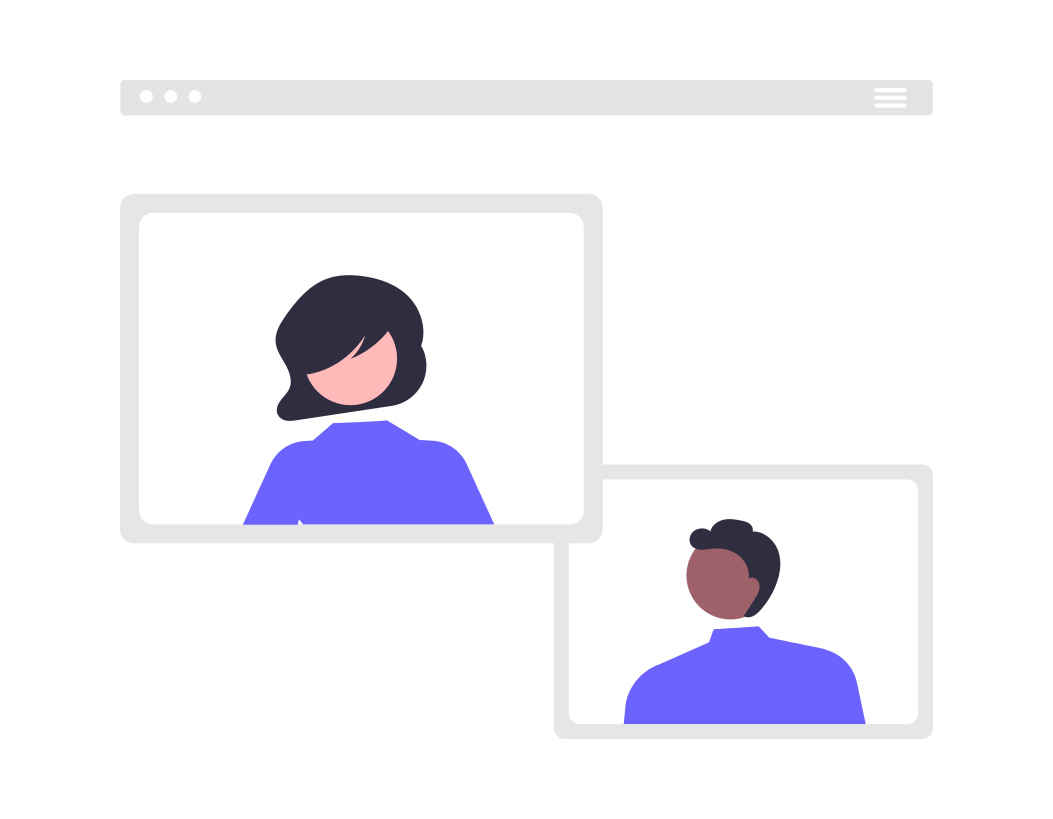In the ever-evolving world of marketing, understanding your customers' behavior is key to crafting effective strategies. While demographics provide useful information, they often fall short in capturing the dynamic nature of consumer actions. Behavioral segmentation fills this gap by focusing on how consumers interact with your brand. This blog explores the essentials of behavioral segmentation and its significance in modern marketing.
The Core of Behavioral Segmentation
Behavioral segmentation divides consumers based on their interactions with your products or services. This method categorizes customers by their purchasing behavior, usage rate, loyalty, and the benefits they seek. Unlike demographic segmentation, which is static, behavioral segmentation is dynamic, adapting to changes in consumer behavior over time.
Key Behavioral Segmentation Variables
-
Purchase Behavior:
- Tracks the frequency and timing of purchases.
- Identifies patterns like one-time buyers, regular customers, and seasonal shoppers.
-
Usage Rate:
- Measures how often consumers use your product or service.
- Segments include heavy users, medium users, and light users.
-
Loyalty:
- Gauges the level of commitment consumers have to your brand.
- Segments range from brand advocates to occasional buyers.
-
Benefit Sought:
- Identifies the specific benefits consumers look for.
- Segments are based on motivations like convenience, quality, price, or status.
Why Behavioral Segmentation Matters
Behavioral segmentation provides actionable insights that can significantly improve your marketing efforts. Here’s why it matters:
-
Enhanced Personalization: Tailor your messages to match the behavior patterns of different segments, increasing relevance and engagement.
-
Improved Resource Allocation: Focus your marketing resources on high-value segments, ensuring a better return on investment.
-
Predictive Insights: Anticipate future behavior based on past interactions, allowing for proactive marketing strategies.
-
Customer Retention: Develop targeted retention strategies for different loyalty segments, reducing churn and increasing customer lifetime value.
Implementing Behavioral Segmentation
Implementing behavioral segmentation requires a systematic approach. Here’s how to get started:
-
Data Collection:
- Utilize various tools to gather data on customer behavior, such as web analytics, CRM systems, and purchase history records.
-
Data Analysis:
- Analyze the collected data to identify distinct behavioral patterns and segment consumers accordingly.
-
Segment Profiling:
- Create detailed profiles for each segment, outlining their behaviors, preferences, and motivations.
-
Targeted Marketing Strategies:
- Develop marketing strategies tailored to each segment, focusing on their specific behaviors and needs.
-
Monitor and Adapt:
- Continuously monitor segment performance and adapt your strategies based on changing behaviors and new data insights.
Crafting Targeted Campaigns
With behavioral segmentation in place, you can craft highly targeted campaigns that resonate with each segment. Here are a few ideas:
-
Personalized Email Marketing:
- Send tailored emails based on purchase history and usage patterns, offering relevant product recommendations and exclusive deals.
-
Customized Web Experiences:
- Use behavioral data to personalize website content, providing a unique browsing experience for each user segment.
-
Loyalty Programs:
- Design loyalty programs that reward repeat customers and encourage higher engagement from less frequent buyers.
-
Targeted Advertising:
- Run ads that appeal to the specific benefits sought by different segments, improving ad relevance and effectiveness.
Conclusion
Behavioral segmentation is a powerful tool that allows marketers to understand and respond to consumer actions more effectively. By focusing on how customers interact with your brand, you can develop targeted marketing strategies that drive engagement, loyalty, and growth. Embrace behavioral segmentation to gain a deeper understanding of your audience and optimize your marketing efforts for better results.


